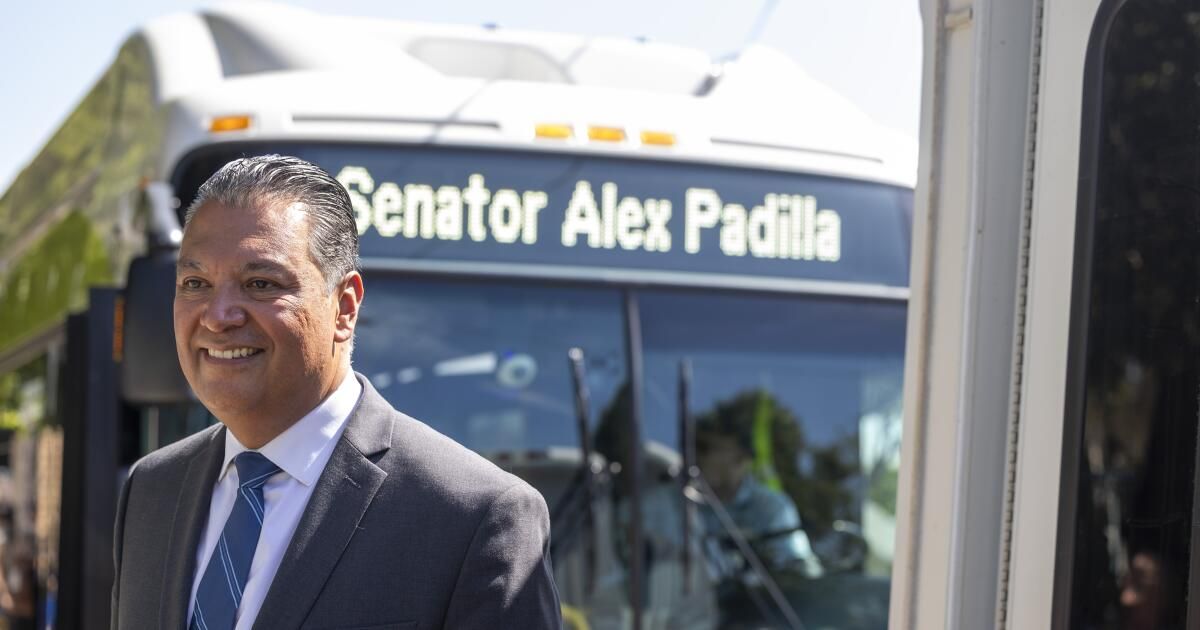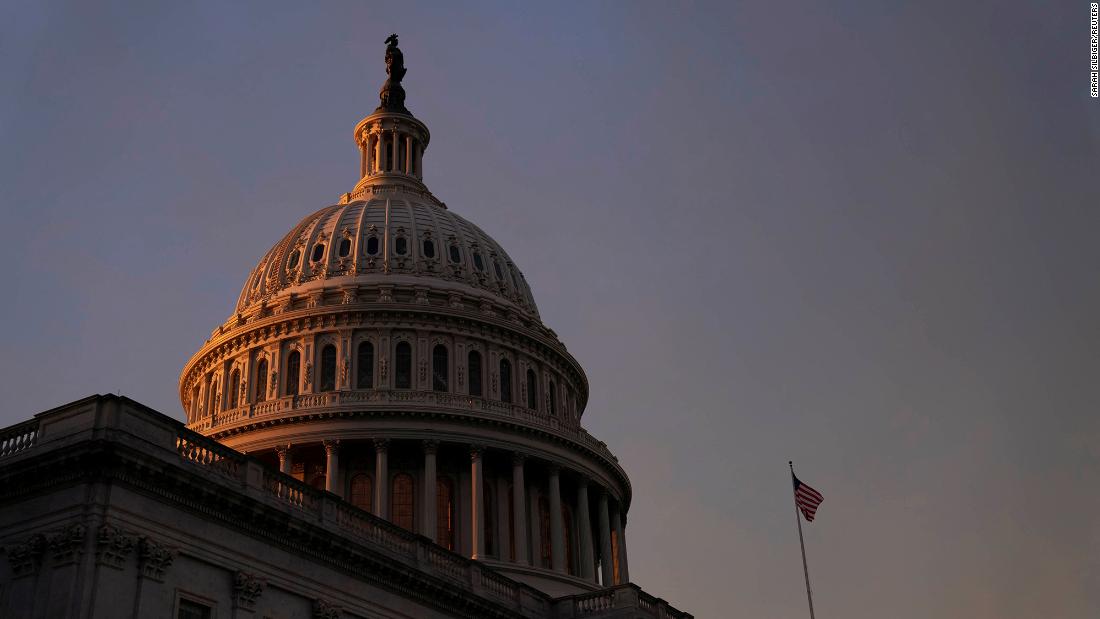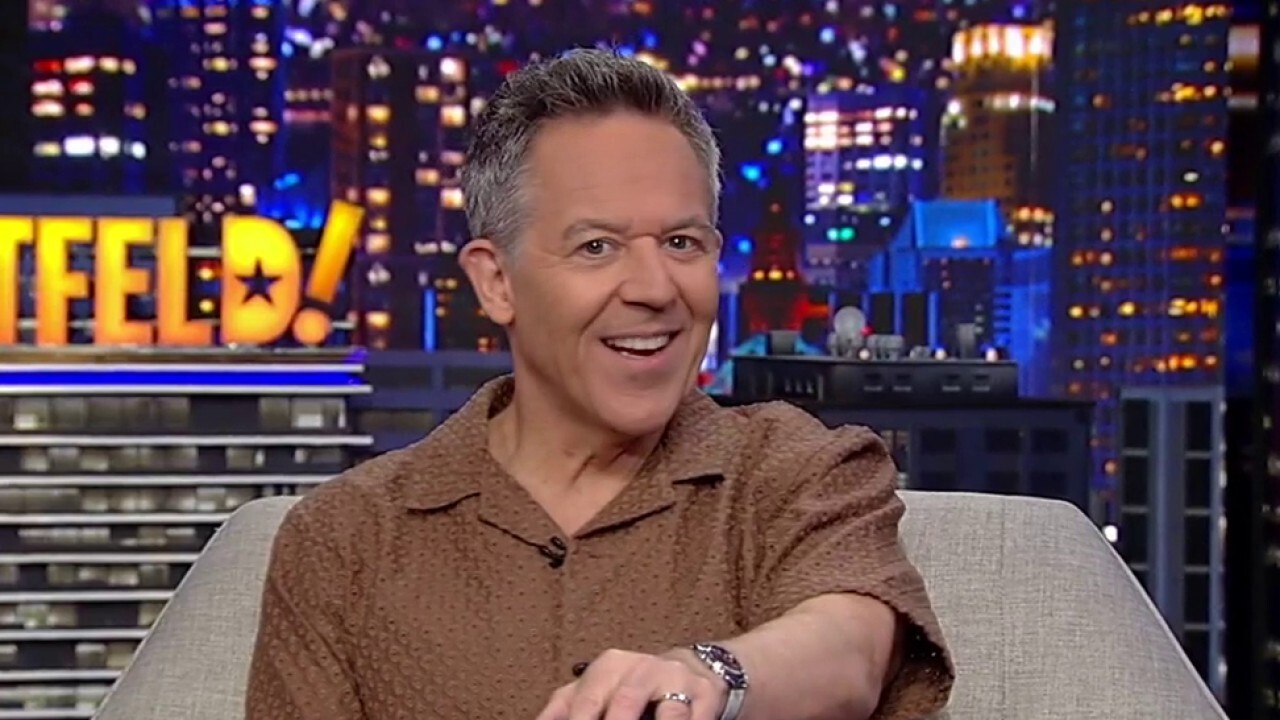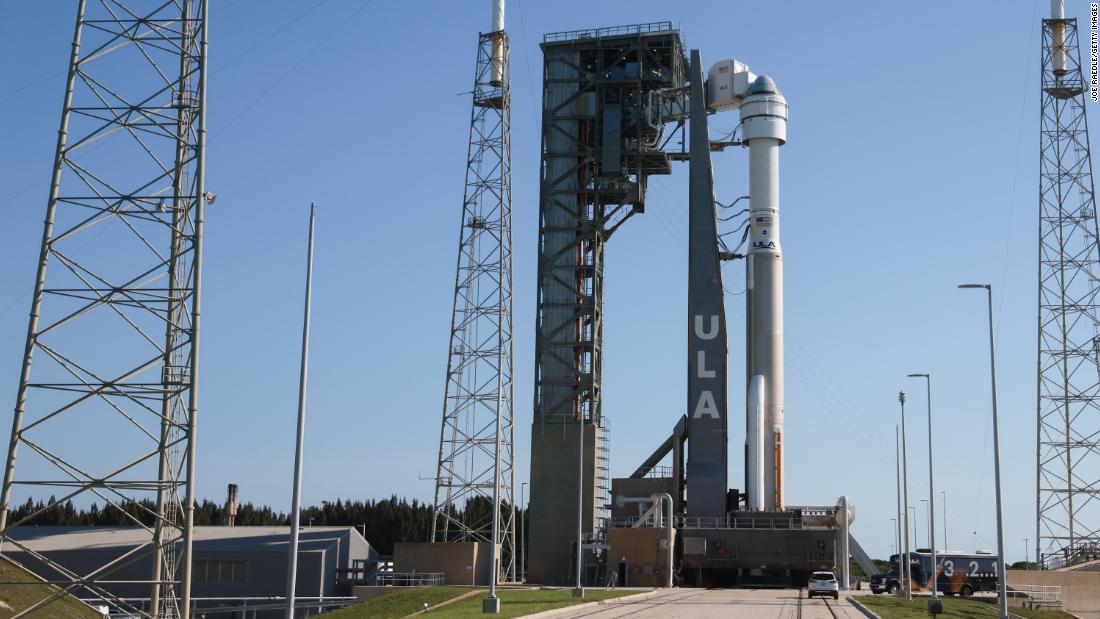The U.S. Environmental Protection Agency has awarded Southern California air regulators nearly $500 million in federal funding to electrify the region's bustling freight movement, the largest grant the federal agency has ever awarded to combat air pollution.
The EPA announced Monday that it will distribute nearly $4.3 billion in climate grants, funded by the Biden administration’s sweeping Inflation Reduction Act. The largest allocation went to the South Coast Air Quality Management District, the agency tasked with reducing air pollution in the nation’s most polluted air basin.
The air district had previously requested federal funding to help deploy more zero-emission vehicles and infrastructure to transport freight around the greater Los Angeles area. Its plan centers on offering incentives to companies that purchase battery-electric freight trucks, delivery vehicles and shunting locomotives (trains that assemble and disassemble railcar lines).
Aggressive and shocking reports on climate change, the environment, health and science.
By moving away from diesel engines, the incentives are estimated to reduce more than 12 million metric tons of carbon emissions and prevent the burning of more than 1 billion gallons of fuel between 2025 and 2050. Lawmakers and environmental regulators said the investments will also help improve air quality in communities like Commerce, where residents visiting Bandini Park play in the shadow of the 710 Freeway and a sprawling rail yard.
“We shouldn’t have to choose between being a vital part of our nation’s economy and having clean air for our children to breathe,” U.S. Sen. Alex Padilla said Monday at the park, as semi-trucks roared down the road. “We can do both. We must do both. The $500 million we’re celebrating today is such an important achievement. It will have an extraordinary impact on decarbonizing the heavy-duty vehicle sectors.”
The historic funding announcement followed a ceremony in which EPA and local air district officials signed a series of new clean air commitments, signaling a renewed willingness to cooperate after more than two years of wrangling over Southern California's failure to meet federal smog rules.
The EPA has been on the verge of disapproving the air district’s plan to meet federal air quality standards, a move that would have led to severe financial penalties, potentially jeopardizing Los Angeles’ efforts to host the 2028 Olympics.
For its part, the air district consistently told the EPA that it was impossible to meet federal smog standards without stricter regulation of airplanes, trains, interstate trucks and cargo ships, all of which are regulated by the EPA.
To avoid those penalties, air district officials decided to withdraw the region's smog plan, which they hope will create more time to comply with federal rules.
State and local regulators are also still waiting for the EPA to approve at least nine clean air standards promulgated by the California Air Resources Board, which require a federal waiver before they can take effect.
“We are lucky that the [rules] “These changes really represent innovative and inventive thinking on the part of the California Air Resources Board,” said Joseph Goffman, deputy assistant administrator for EPA’s Office of Air and Radiation. “That’s why we’re taking special care to make sure that when we announce our decisions, they’re based on a really solid technical and legal foundation.”
Ahead of a tumultuous presidential election, environmental groups are increasingly concerned about the fate of California’s climate rules, which may face increased legal scrutiny and potentially a second adverse Trump presidency.
Padilla said the recently announced climate finance is “as protected as it can be,” but stressed the importance of these elections for the environment.
“If what we’ve seen from the House Republican majority this session is any indication, nothing can be taken for granted,” Padilla said.












